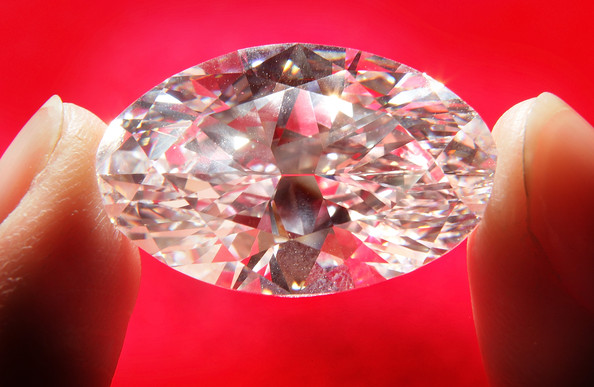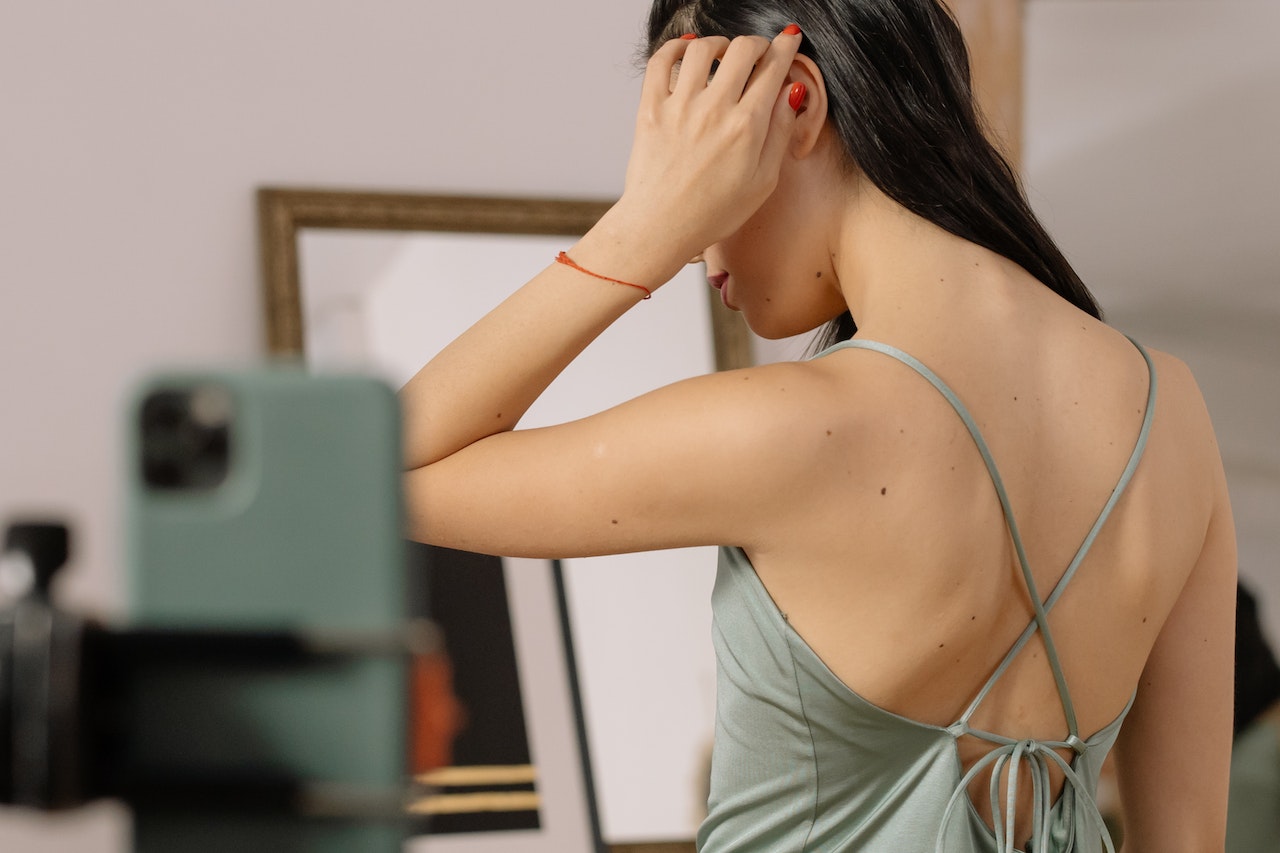The Hope Diamond, at 45.52 carats, is arguably the most famous diamond in the world. Currently housed at the Smithsonian Natural History Museum in Washington D.C., the Hope Diamond is famous for its deep blue color, rich history, and supposed curse.
The Hope Diamond’s first-known owner was French gem merchant Jean Baptiste Tavernier. His written remarks about the stone suggest that its origins can be traced back to the 17th century in India. Though it’s unclear who owned the stone before Tavernier and how the gem merchant came to own it, historical writings show that Tavernier brought the uncut stone to Paris, where it was cut into a crude triangular shape that weighed roughly 115 carats and came to be known as the Tavernier Diamond. Accounts show that Tavernier then sold the diamond, along with around 1,000 others to King Louis XIV of France.
In 1678, King Louis XVI commissioned his jeweler to recut the diamond, which became known as the Blue Diamond of the Crown of France and weighed approximately 67 carats. The jewel was reset and worn by King Louis’s descendant King Louis XV, and then was little worn after his death. On September 11th, 1792, King Louis XVI and his family were confined in the Palais des Tuilereis during the early stages of the French Revolution.
During this time a group of thieves reportedly looted the Royal Storehouse and stole the majority of the Crown Jewels, among them The Blue Diamond. The stone temporarily disappeared from history’s records, and what was known as the French Blue or the Blue Diamond was never seen again. During its disappearance the stone was cut, probably into two smaller stones, resulting in what is now known as the Hope Diamond.
Twenty years later, the Hope Diamond was recorded as being in possession by a gem merchant in London. The diamond had changed in size and quality of cut since leaving the ownership of kings, probably to disguise its true identity. Conflicting reports make it difficult to pinpoint exactly who owned the diamond during this time, but it’s clear that at some point the stone was acquired by Henry Hope, a rich bank merchant, who posted the diamond in a catalog in 1839. The stone remained in the Hope family until 1902, when Lord Francis Hope’s bankruptcy forced him to sell it to London gem merchant Adolph Weil.
Accounts vary about what happened with the Hope Diamond in the years following, but it’s clear that it changed hands a number of time, until it was purchased by American Evalyn Walsh McLean and her husband for an estimated $400,000. Evalyn reportedly had a flair for dramatic, and she wore the diamond often to parties and social events to begin conversations, sometimes hiding the stone and pretending to have lost it until a party member would find it and return it to her.
The stone remained in the McLean family until her grandchildren sold it to Harry Winston along with McLean’s entire collection of jewels in order to pay off the estate debts. Winston recut the diamond’s bottom, resulting in a more perfect cut and reaction to light.
Finally, in 1958, Winston was persuaded to donate the stone to the Smithsonian National Museum of Natural History, where it still lives today. In its time housed within the Smithsonian’s collection of jewels, the Hope Diamond’s display has been changed and updated numerous times. It currently is displayed in its historical setting held in a diamond necklace.
Though many throughout history have claimed that the Hope Diamond is cursed and point to the beheading of King Henry XVI and his wife Marie Antoinette along with the financial woes that have befallen many who owned the diamond, the supposed curse has not held consistent, with many of the previous owners living happy and long lives. The curse does add a certain allure and magic to the history and origin of the stone, and perhaps this mythology is part of what makes the Hope Diamond so mesmerizing for the millions of people who visit it every year.
Citations:
- Information obtained from the Smithsonian Museum website
- Wikipedia
Henry Goldman is a history enthusiastic who teaches at the middle school level. His interests include the Civil War and 20th Century American history. He writes on a variety of topics such as Shopping For Jewelry.





